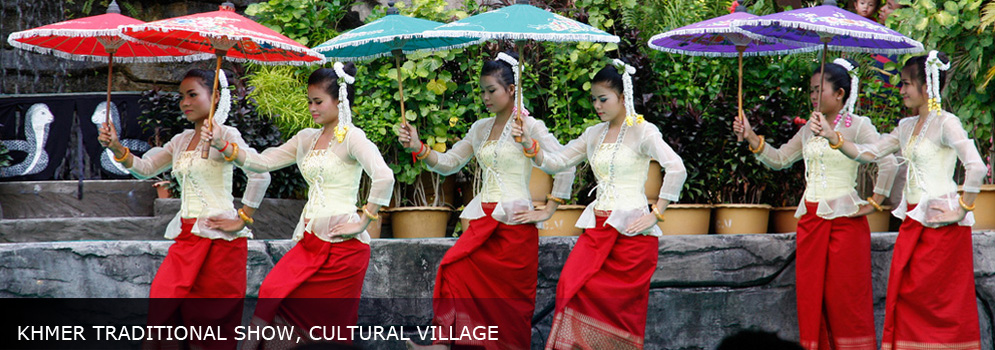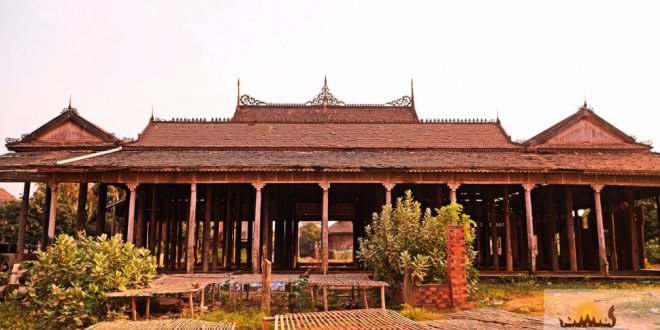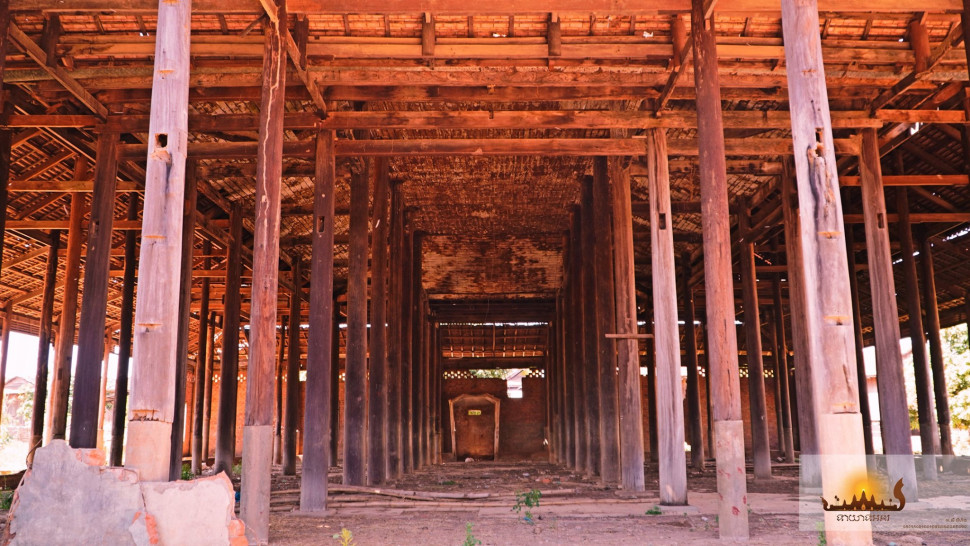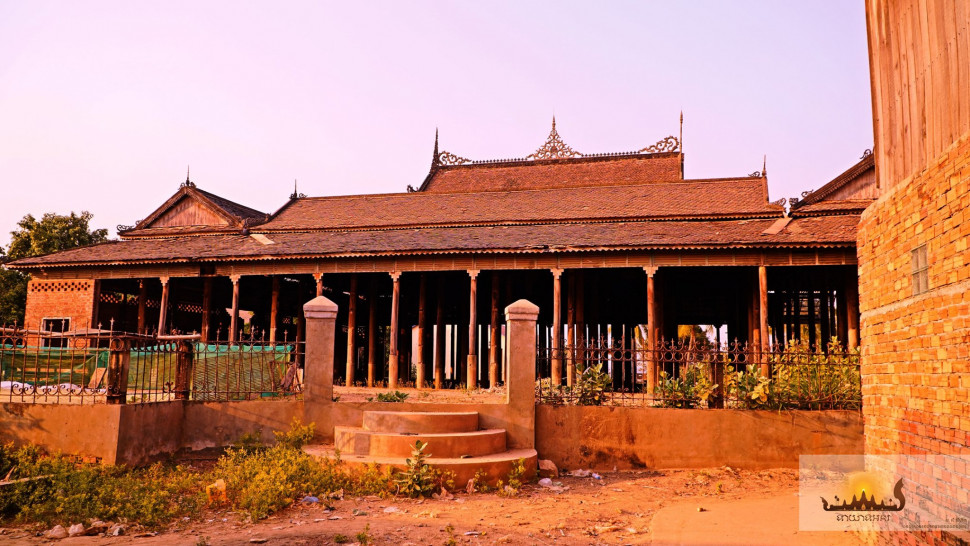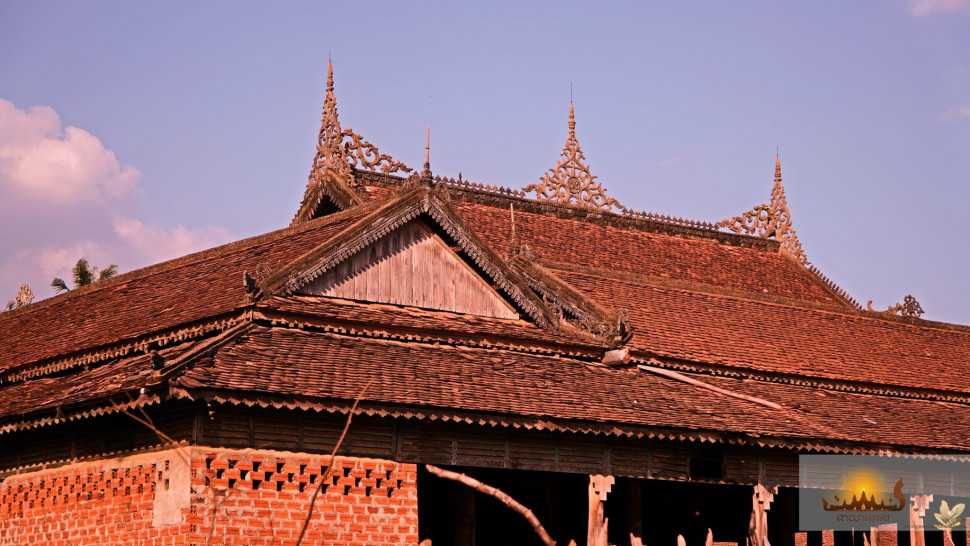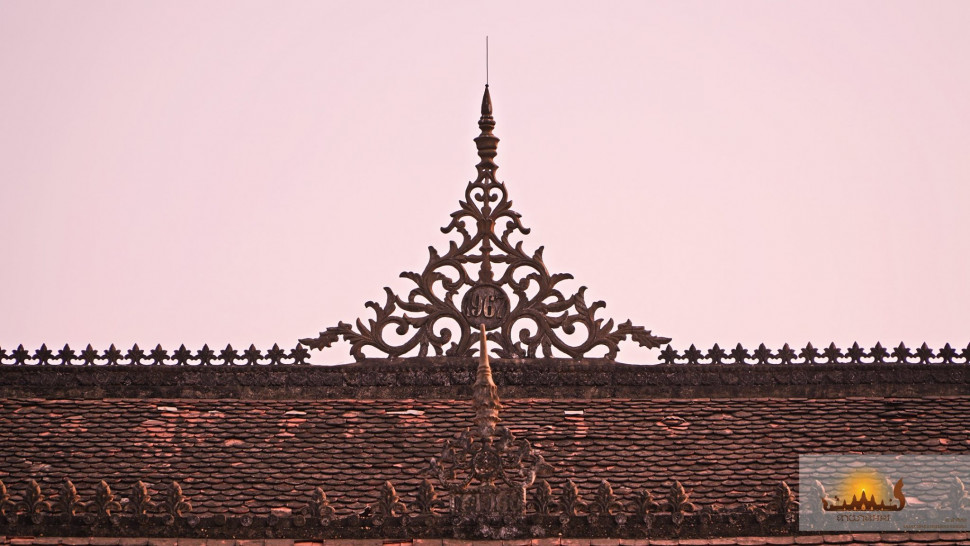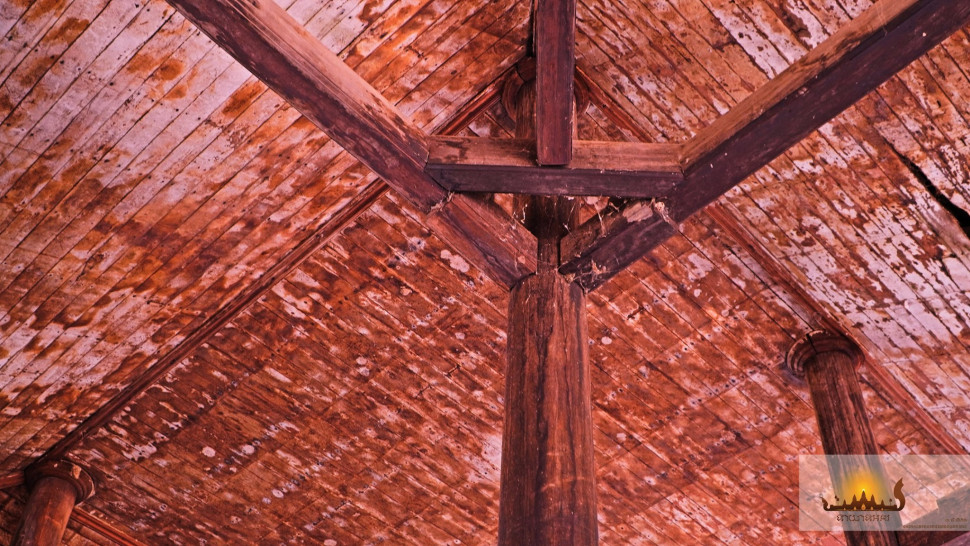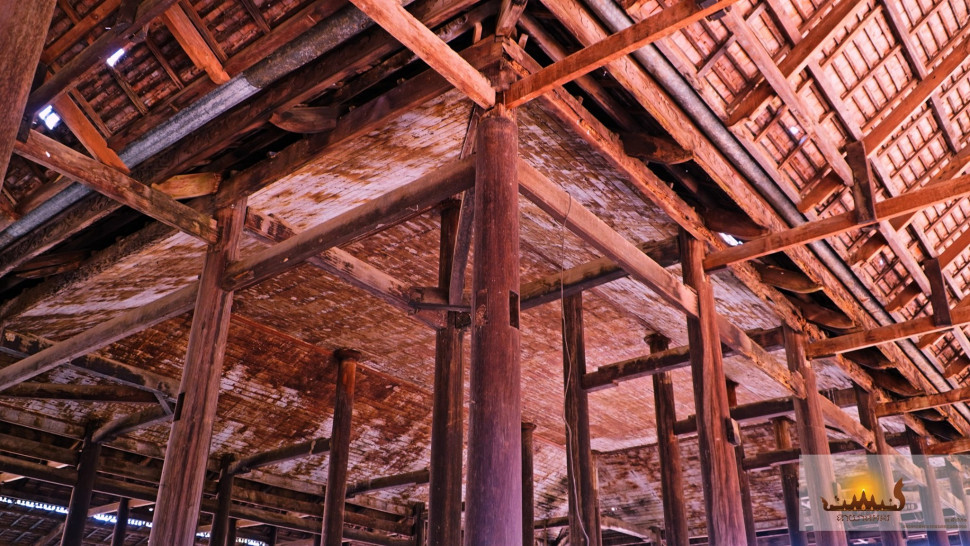Halal Tourism (Cambodia)
Phnom Penh, March 30th, 2023 —
The 104-year-old “Champa Boran” or “Champa” historic wooden Mosque is located in Banteay Chas village, Chumnic commune, Krouch Chhmar district, Tbong Khmum province, along the riverside road from Krouch Chhmar district to Chhlong district, Kratie province.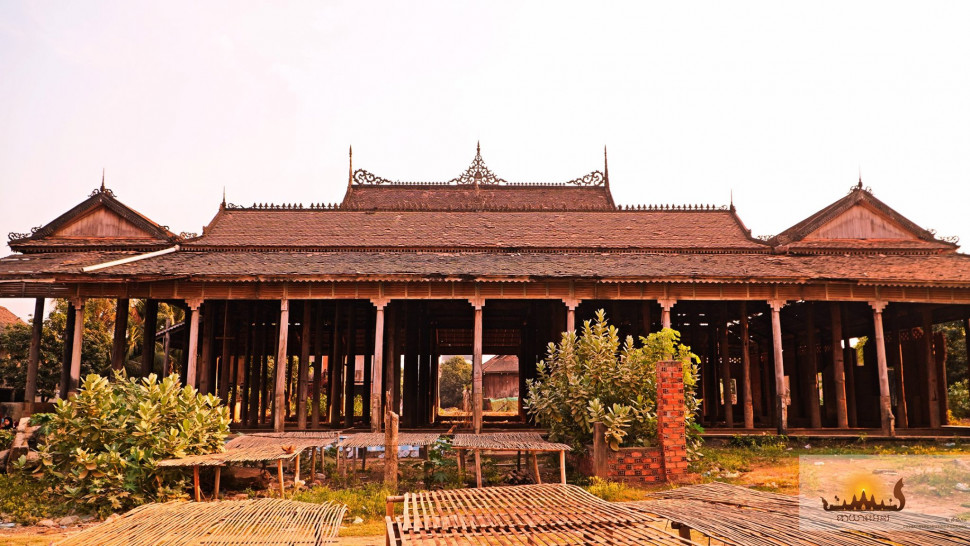
The architecture of this ancient Cham Mosque is an invaluable heritage of the Cham people in our Kingdom.
According to the inscriptions on the times of the Mosque, the ancient Cham ancestors built this temple in 1919, which will be 104 years old by 2023.
This ancient Mosque is very large and probably larger than other ancient chapels because during the period of 1967, according to the inscription on the map along the roof, in addition to the decoration of the ancient Mosque about 1919 was The expansion of the four-way corridor also makes this ancient Mosque with a total of 130 pillars.
The ornamentation of the corridor roof in all four directions was part of a later refurbishment in the 1980, as shown by an inscription on the roof of a corridor.
In terms of architecture, the ancient Mosque is built in the style of Kieng, with carved wood carvings and bird wings, similar to the Khmer temple, but the roof is not decorated by Javanese, turning into a beautiful and attractive decoration.
During the construction of the four corridors, the corridors in each direction were built in the style of the main temple, the style of the Keing’s house, combined with the traditional Cham style. Inside the Mosque, there is a large space below the ceiling, which is arranged in a way that is airy, with a lively decoration.
The national heritage of the Khmer Muslims there is still beautiful, there is still a lot of luxurious ancient house architecture scattered around.
It is also an important tourist destination that contributes to the preservation and preservation of the Khmer-Muslim national heritage and the sustainability, as well as the strengthening of the Khmer-Khmer Brotherhood, which encourages the community to move forward. The progress of its culture for the next generation.
